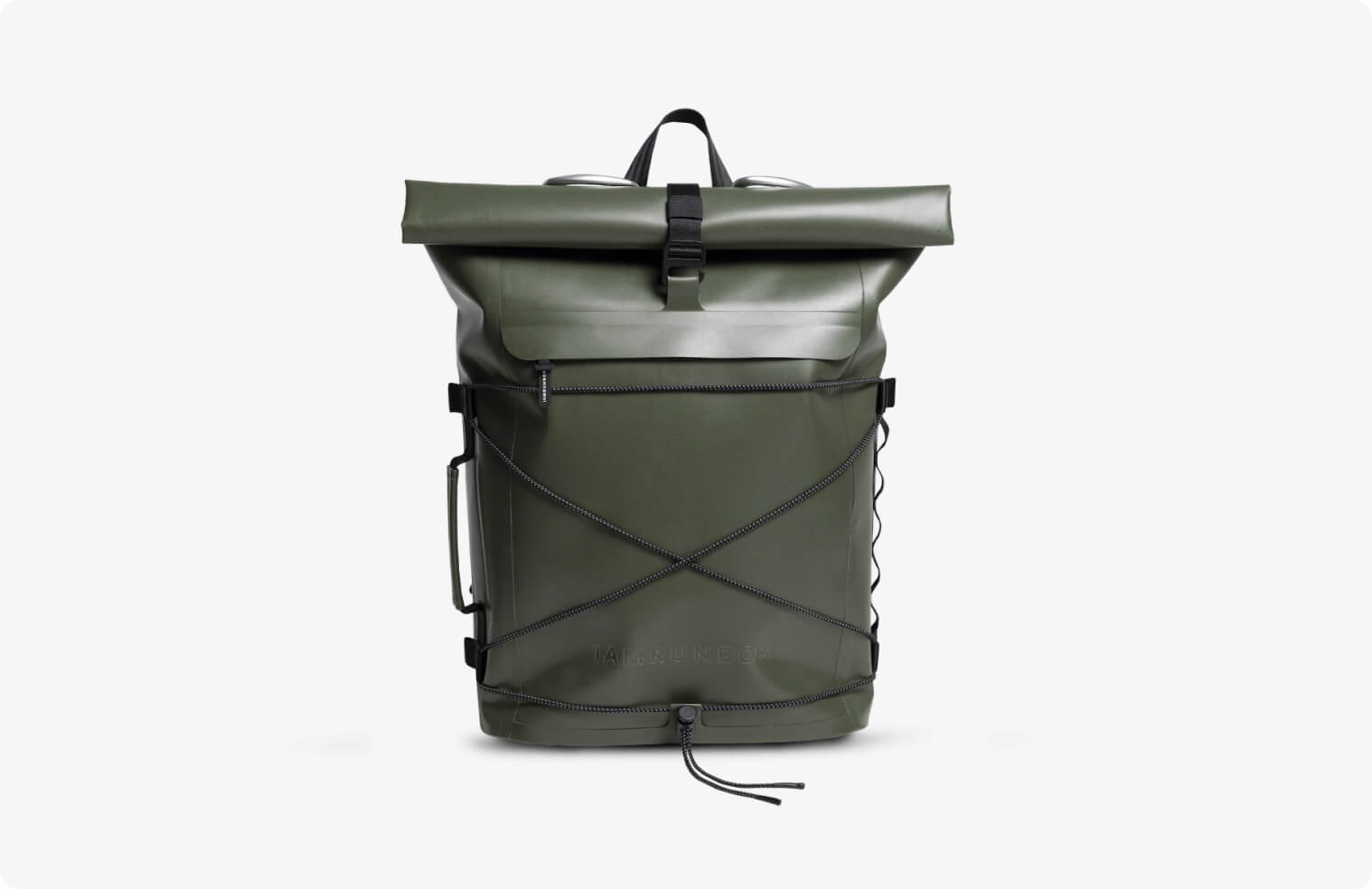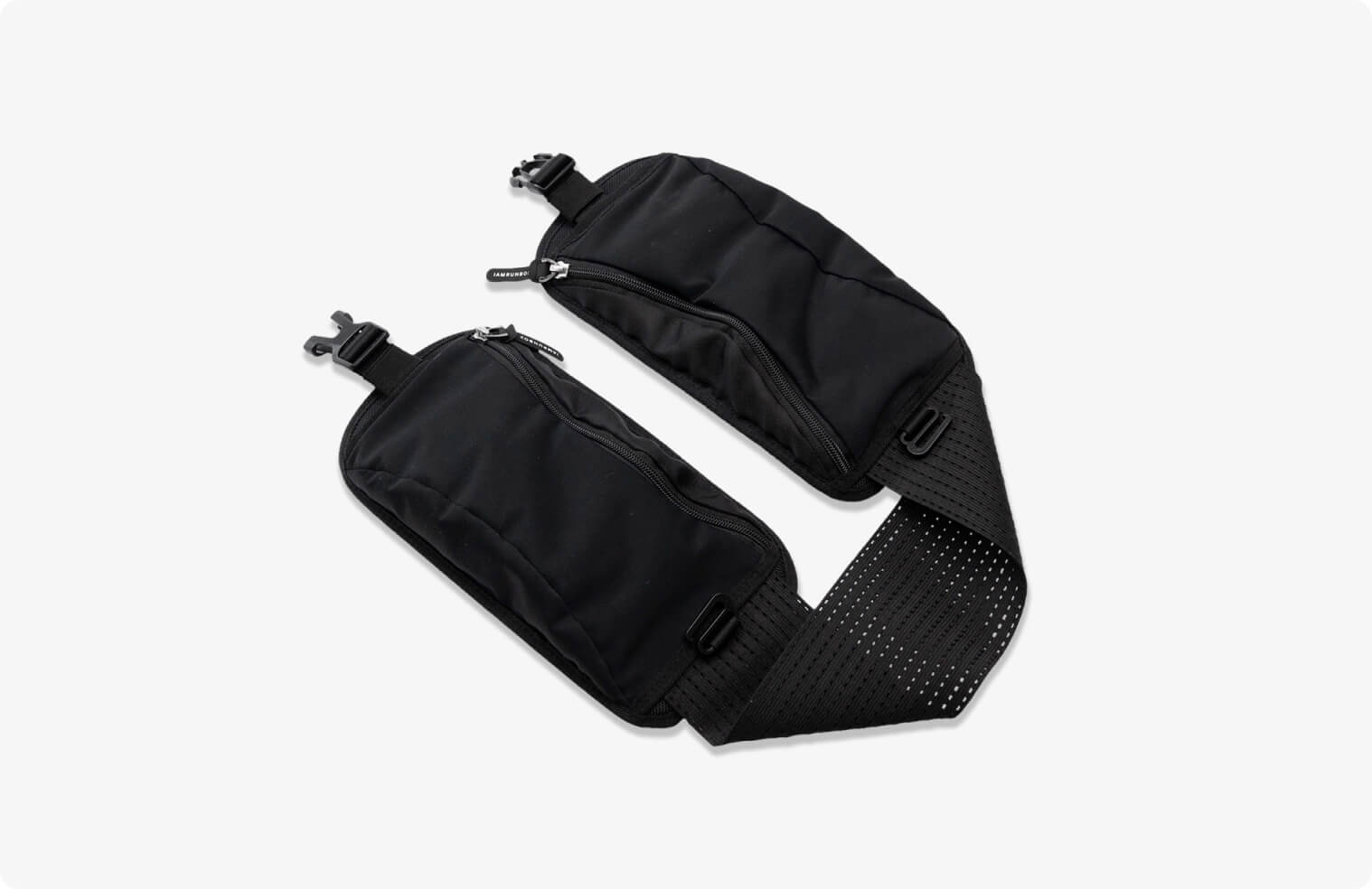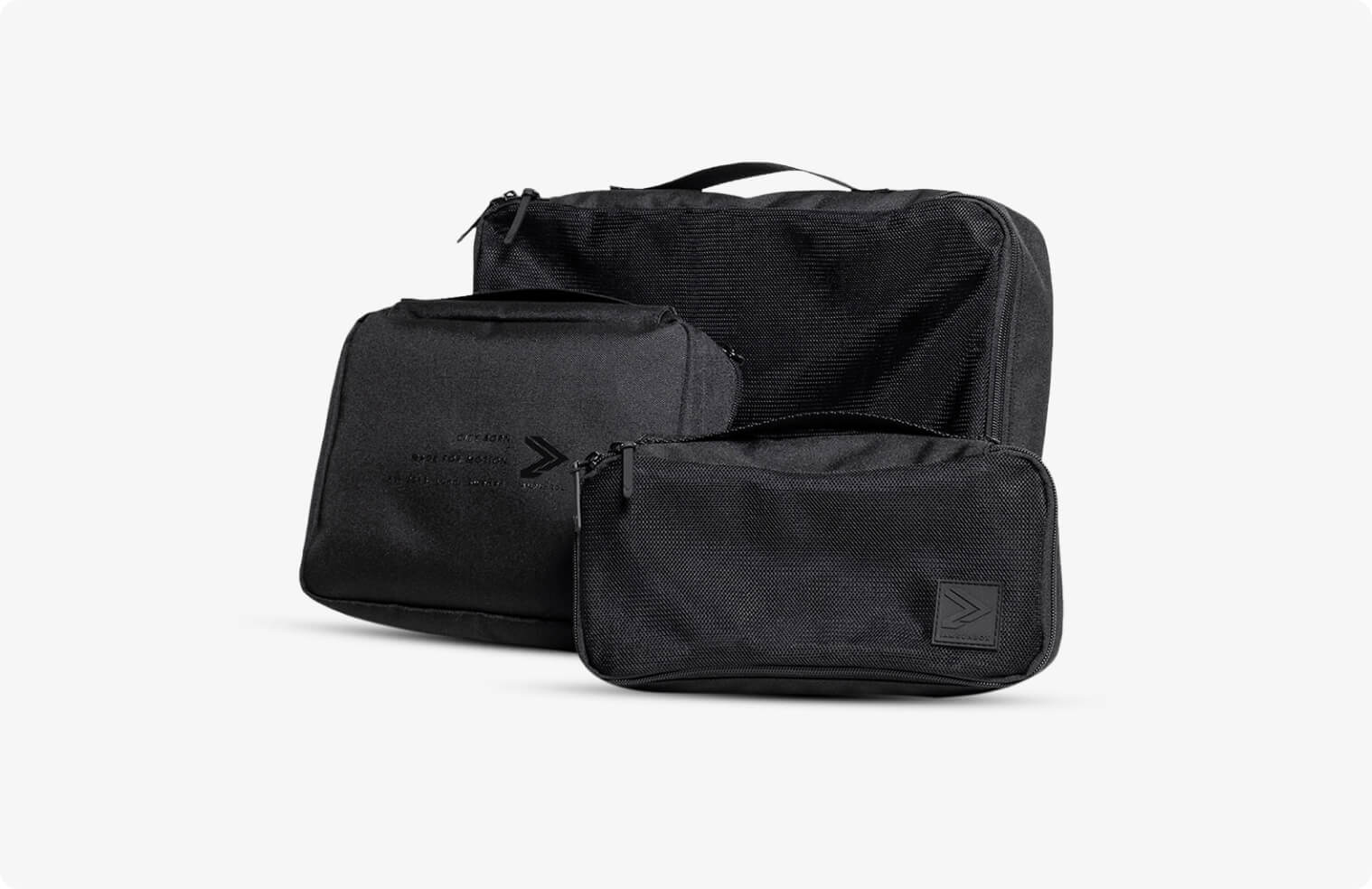
What runners can do in the gym to get faster and boost endurance
Most runners aren’t fans of going to the gym. It makes sense when you think about it. Running - especially distance running - is a solitary sport. The very nature of it involves spending time by yourself, usually outdoors, pushing your body to its limits - with all the mental and physical exertion (and gains) that come with it. So those drawn to running aren’t likely to enjoy being in a room full of sweaty people, with pulsing music coming from overhead speakers, waiting for the next station in their workout circuit to open up.

But anyone who seriously wants to improve their running performance has to incorporate some kind of gym work into their training. It’s the best way to maximize muscle development, strengthen parts of the body that help with running (but aren’t totally exercised on runs), and prevent possible injuries from throwing a wrench into your training.
There are infinite gym routines with countless variations, and no single program is for everyone. You’ll need to take some time to research the right training program for you. But before you start, you should know the different types of gym exercises best for runners.
Here are the kinds of workouts that improve running speed and endurance with a couple of examples.
Bodyweight Exercises
Okay, yeah. It may seem weird to pay a gym membership fee to do exercises that utilize something you carry with you everywhere you go: your own body. And while you can probably do these workouts at home in your living room, the gym has better space for it, and you won’t have to move any coffee table or worry about knocking into a lamp.

Examples of bodyweight exercises for runners:
Box Jump - for Speed
If you’ve ever seen wooden boxes or vinyl cubes at the gym, this is what they’re for...although you can also use an aerobic step or a weight bench. The name pretty much explains the idea. You face the box with a space of about 6 inches/15 centimetres between you. With your feet about hip-width apart from each other, squat about a quarter of the way down and then jump up as “explosively” as you can onto the box. Swing your hands forwards, but land with as much control and as softly as possible with both feet on the box, in the centre. Then carefully step down.
These are usually done in 3 sets of 8 or 10 reps, with a box height that you're comfortable with and increasing over time.
What it does: It’s the “explosiveness” of the jumps that will help you be a faster runner. It trains your leg and core muscles to activate quicker while running.
Glute Bridge - for Endurance
The perfect excuse to use a gym mat, this exercise is done while lying face-up and on your back with your knees bent 90 degrees and feet planted on the floor. By squeezing your glutes (the muscles on your butt), you push through your heels and lift your hips towards the ceiling to create a straight line from shoulders to knees and then lower down back to the matt.
This is typically done in a circuit of other exercises, usually bodyweight, for 3 or more sets of 10.
What it does: It obviously mainly works out the glutes, but the glute bridge is also great for the lower back and core, which are areas of the body essential for maintaining good form while running, preventing feelings of exertion. This is also helpful for building strength to run with a heavier-than-normal running backpack.

Weight Lifting
There’s an age-old misconception that runners have about weight lifting. It goes like this: “Runners shouldn’t lift weights because lifting makes people big and bulky and big bulky slows you down.” But lifting weights isn’t bodybuilding and won’t turn you into Arnold Schwarzenegger. If done right, gym weights can be essential running gear for toning muscles and adding strength where it’s needed in the body to run faster and for longer.

Examples of weight lifting exercises for runners:
Deadlift - for Speed
There’s a whole lot of advice on how to do deadlifts that you should check out before you add it to your gym routine. But whether it’s done with two dumbbells (one in each hand) or a heavy barbell, the key to deadlifts is keeping your back neutral as you stand with your feet slightly wider than shoulder-width apart, knees slightly bent, and lift the weights with your palms facing you. You should be bracing your core and squeezing glutes as you press down through your legs, hinging your hips, and pulling your torso back and up to standing, then reversing back down.
These are typically done in 3 sets of 5-8 reps with beginners starting out with under 25 pounds/11 kilos and increasing the weight over time.
What it does: Deadlifts are considered by some to be the weight lifting exercise that most directly stimulates the muscles most important for running. They create stronger glutes and hamstrings, giving more power to the posterior chain to use when pushing forward on the back foot when you’re running. It also lessens the work for knees and can help reduce knee pain while running.
Squats - for Endurance
The squat is probably the most-lauded exercise to do in the gym. There are tons of variations with different positions for focusing on a variety of muscles. But the most basic version is the best for runners to do. Stand, placing a barbell or holding two dumbbells over your shoulders, with your feet slightly more than shoulder-width apart. With a neutral back, lower your body as far as you comfortably can, making sure to drop your knees so they stay in line with your feet and keeping the weight of your body on your heels, and then come back up.
These are usually done in 3 sets of 4 to 6 reps.
What it does: The reason squats are so beloved is that they work out an amazing amount of muscles in a lot of different parts of the body. For runners, it allows for a lot of muscles that aren’t used as much as the legs while running to get stronger. A runner that’s stronger throughout the rest of their body is more efficient when they run and can go for longer.
Treadmill Routines
Nothing really divides runners’ opinions like treadmills (except for maybe if headphones count as running accessories). A lot of runners hate treadmills and prefer to train by running with their own control of the ground, whether to and from the office with a running backpack or laps on an indoor track.
The truth is that there’s value in training on a treadmill. The set pace of the machine can be used to force you to push yourself to new levels of intensity, and the ability to add levels of inclines make hill running more accessible. Treadmill routines can add much-needed precision to your training that’s necessary for running faster and increasing endurance.

Examples of treadmill routines for runners:
3-2-1 Speed Session - for Speed
A legendary speed training session that is used across athletic disciplines sports, the 3-2-1 speed session is all about training for your ideal running pace for your next race. You’ll need to calculate your fast/speed pace and your slow/recover pace based on your target race time. Once you have those numbers, you can set them into a treadmill after a 5-minute warm-up. You’ll run 3 minutes at your fast/speed pace, followed by 3 minutes at your slow/recovery pace, then 2 minutes at both, then 1 minute. You’ll end with a 5 minute cool down.
What it does: To increase your speed, you need to practice running faster (duh). That’s what this routine does, using the treadmill to force you to run at the pace, so your body gets used to it, and you can then run at a faster pace when you’re not on a treadmill.
Interval Training - for Endurance
Also known as “ladders”, interval training is a classic workout for any serious middle or long-distance runner. While long runs help build mileage, intervals help runners perfect their form and pacing. After warming up and stretching, you run 50 meters at your desired race pace, followed by 50 meters at a walk/jog/recovery run pace. You then do the same at 100, 150, 200, and 250 meters. As you get more advanced, you repeat the whole series backwards after finishing 250 meters -- so that it’s followed by 250, 200, 150, 100, and 50 meters. This is known as “going up and down the ladder” and can be repeated as many times you like...if that’s what you’re into.
What it does: Interval training is traditionally done on a track. One of the challenges is that it’s hard to maintain a consistent pace, and using a treadmill solves that. This is a fundamental workout for building the necessary stamina to finish a race with a new personal record



